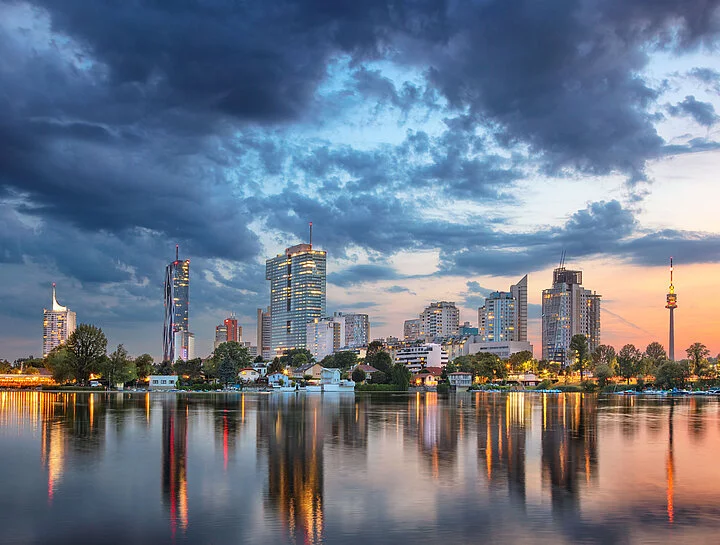
City Transit
Austria’s cities and towns have public transit networks comprised of buses, trams, and trains. Vienna, the capital, has a vast and efficient public transport network, making it such a livable city. The Wiener Linien (Vienna Lines) runs a network of buses, trams (known fondly by the Viennese as “bims” for the sound of the bell) and subways, serving more than 2.5 million passengers daily. With more than 171 kilometers of track, Vienna has the sixth-largest tram network worldwide.
Vienna’s public transportation
Vienna is home to Austria's only underground railway system, the U-Bahn. Construction of the underground railway network began in the 1970s. Since then, it has been and continues to be expanded.
Holders of annual passes for the Wiener Linien have almost doubled since 2012, when the price was fixed at €365 for the city’s entire network of trains, trams and buses. There are more Viennese owning a Jahreskarte (annual card) than a car. For kids, students and retired people there are special discounts on public transport.
Further Information on Regional Transport
You can find more information about bus transport and airports in Austria in the topic area Decoding Austria.
Examples of public transportation costs
A one-way ticket costs around €2 - 2.60, depending on which city you are in. Larger cities offer annual, monthly, weekly and daily tickets as well as offers for tourists.
| Annual Pass | Students | Seniors | Low Income |
Vienna | €365 | Semester ticket: €78 | From 65: €235 | €17.10/Month |
Vorarlberg | €201 - 434 | Annual: €140 - 222 | From 65: €140 - 304 | €192 |
Tirol | €590 | Semester ticket: €301 | From 65: €301 From 75: €143.30 | €286.50 |

